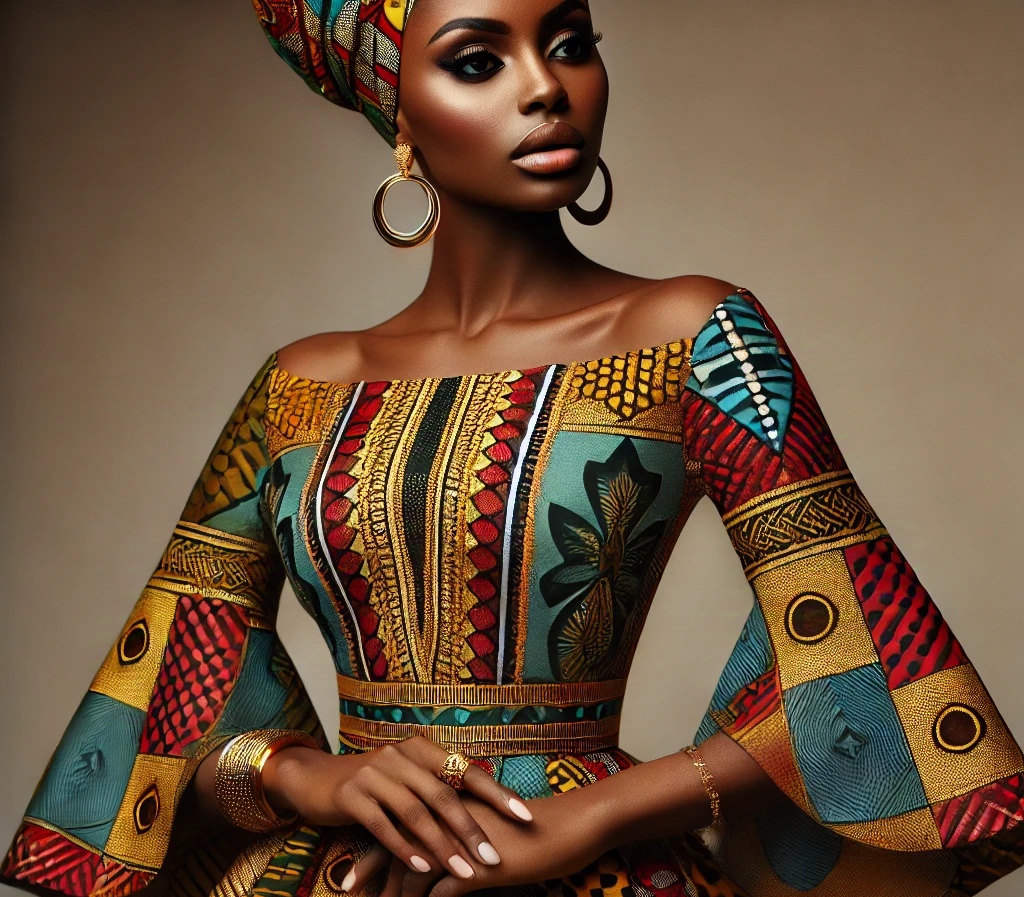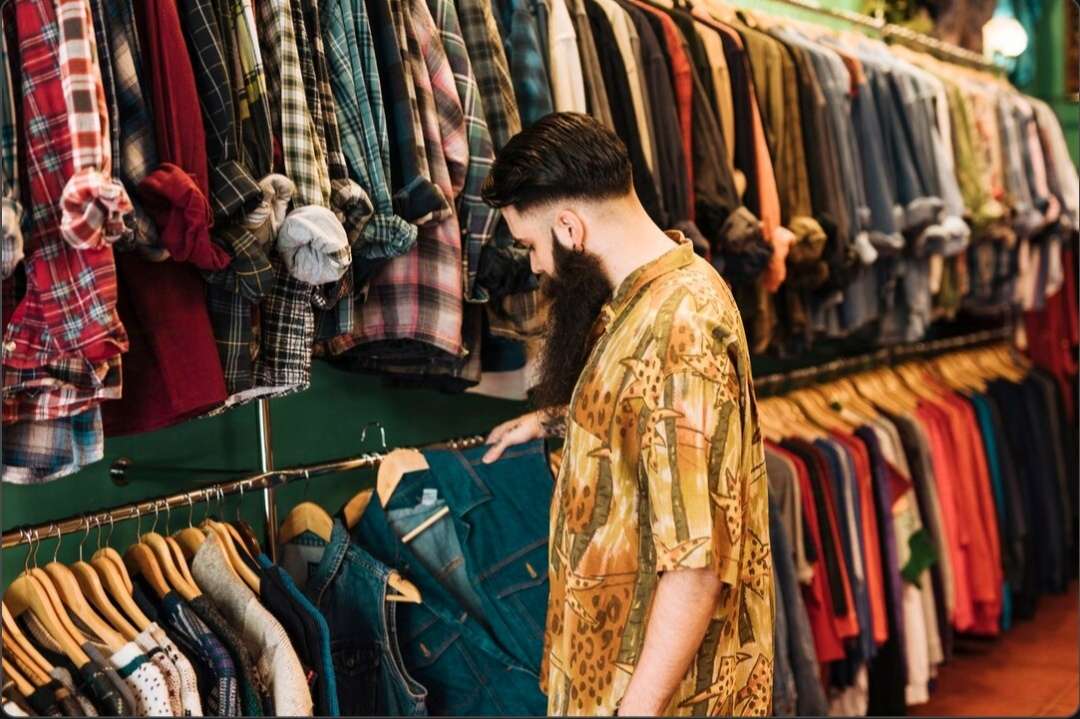African fashion dresses create a global fashion stir because they reveal the profound cultural heritage while displaying vibrant designs together with timeless artistic excellence of African traditions. Traditional Ankara prints and Kente cloth alongside their timeless elegance bring together the ancient past with contemporary style to create essential pieces for anyone who appreciates fashion.
1. A Brief History of African Fashion Dresses
African fashion dresses go back through centuries to display the essential cultural celebrations and social values that different African ethnic groups maintain. Throughout Africa distinct geographical regions display their special textile craftsmanship through different patterns and conventional manufacturing methods.
Ghanaian people use Kente cloth as a status symbol while specific community narratives appear within West African tie-dye patterns. Throughout history African traditional styles transformed into modern designs which combine traditional aesthetics with contemporary elements for global fashion admirers.
2. Unique Features of African Fashion Dresses
Gemlike features and detailed decoration characterize African-style dresses as well as their vibrant exuberant colors. Some of the most defining features include:
- Bright Colors: These exciting colors depict both happiness alongside prosperity to show celebrations.
- Geometric Patterns: The traditional patterns throughout African dressmaking societies have dual roles as narrative storytellers along with unity creators.
- Natural Fabrics: Three common materials used in traditional African fashion include cotton and silk and raffia because they create comfortable items that allow airflow.
3. Popular Types of African Dresses
African fashion is incredibly diverse, with each style offering something unique:
Ankara Dresses
Ankara represents one of Africa’s signature fabrics because it’s entirely made from cotton material while having decorative wax prints. Renowned for its versatility this fabric serves as a production base for maxi dresses and skirts and contemporary jumpsuits.
Dashiki
Historically originating from West Africa the dashiki showcases its unique design through its loose cut shape along with vivid patterns that define it. Both genders use it as a bold piece of clothing although both sexes can wear it.
Kente Cloth Dresses
The native African fabric from Ghana named Kente cloth exists in intricate forms and craftsmen weave them by hand. Traditional formal ceremonies require dresses made from these garments which symbolize both luxury values and cultural heritage.
Boubou
In West Africa people frequently wear the flexible garment known as boubou. People typically use this elegant clothing item for special events because silk or brocade fabrics deliver a royal feeling.
4. African Fashion in Modern Trends
Today African fashion successfully combines classic elements with modern style trends to become internationally recognized. African fashion designers demonstrate their creations to acclaim from international fashion leaders while celebrities with followers become passionate about these charming styles. Modern interpretations of traditional African dress combine well with contemporary styles creating outfits that adapt equally to formal and relaxed events.
5. The growing trend of African clothing has become increasingly popular
African fashion dresses resonate with a global audience for several reasons:
- Cultural Pride: African heritage becomes accessible when people wear these items to African heritage.
- Sustainability: The majority of African fabrics remain both environmentally safe and handmade.
- Versatility: African dresses fit events that include ceremonies and relaxed everyday activities.
Conclusion
The African fashion dress exists beyond functionality because it turns into a gate that displays heritage while sharing diverse artistic works and proclaiming individuality. African dresses create a perfect blend of both design innovation and cultural heritage despite their serving different purposes.
FAQs About African Fashion Dresses
1. What materials do dresses from African fashion consist of?
Traditional African fashion clothing primarily uses natural textile materials including cotton and silk and raffia. African fashion dresses frequently make use of Ankara fabric with wax print patterns in addition to traditional Kente weaves together with Dashiki textile products.
2. Do African styles allow for formal settings?
Absolutely! Formal African dresses such as Kente gowns along with Boubou and Kaftans exist to meet specific needs during weddings, gala celebrations and cultural ceremonies. Presence of intricate details combined with luxurious fabrics and functional cuts defines these styles that become perfect choices for special functions.
3. Are African fashion dresses sustainable?
African fashion dresses stem from sustainable production methods. Artisans produce traditional fabrics by using methods that support the environment. When you buy African dresses you help sustainable fashion efforts while protecting cultural artisanal craftsmanship.
4. What are the best ways to dress up traditional African attire for normal clothing choices?
African dresses work with contemporary accessories to develop multiple fashion choices. You can wear an Ankara dress alongside simple heels as an everyday look but you can upgrade it with a blazer to achieve a professional appearance. Combining conventional patterns together with present-day style options allows you to build fashionable outfits which also stand out.





